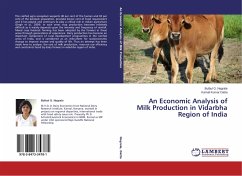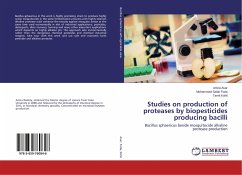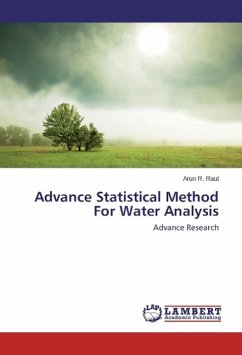The rainfed agro ecosystem supports 40 per cent of the human and 65 per cent of the livestock population, provides 44 per cent of food requirement and it has played and continues to play a critical role in Indian agriculture (Singh et al., 2004). In such areas crop production becomes relatively difficult as it mainly depends upon the intensity and frequency of rainfall. Mixed crop livestock farming has been adopted by the farmers in these areas through generations of experience. Dairy production has become an important component of rural development programmes in the rainfed areas of India, and is considered as an instrument for socioeconomic change to improve income and quality of life. Thus an attempt has been made here to analyse, the cost of milk production, resource use efficiency and constraints faced by dairy farmers in vidarbha region of India.
Hinweis: Dieser Artikel kann nur an eine deutsche Lieferadresse ausgeliefert werden.
Hinweis: Dieser Artikel kann nur an eine deutsche Lieferadresse ausgeliefert werden.








